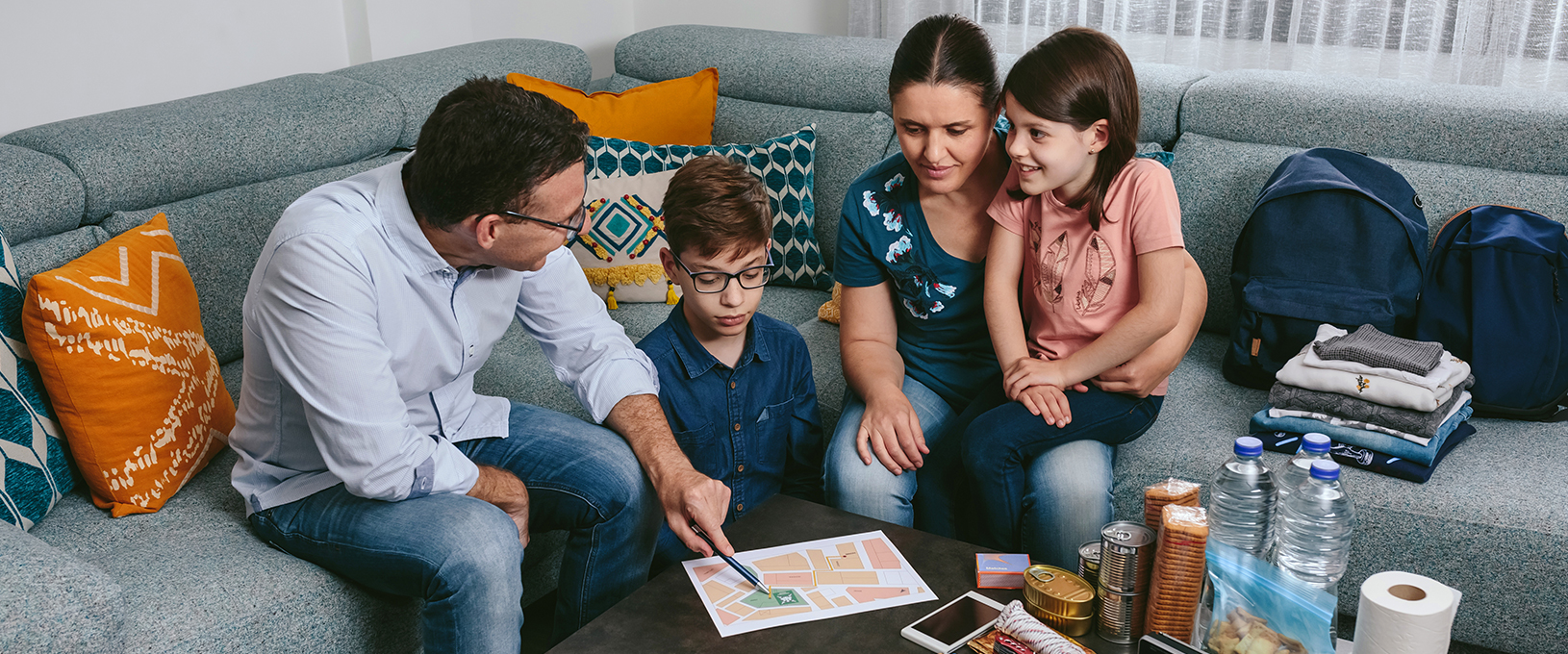Make a Plan

Why a Plan is Needed
Disasters can strike without warning. Creating an emergency for you and those living in your residence will help keep everyone safe, protect your property and build your community’s resilience. It is important to understand the types of hazards and disasters that could affect your area and tailor your plan accordingly.
Types of Hazards at CUEmergency Plan Considerations
Discuss and put together a plan with everyone living in your residence.
Questions to discuss when making your plan are:
- How will I receive emergency alerts and warnings?
- What is my shelter plan?
- What is my evacuation route?
- What is my communication plan for those living in my residence?
- Do I need to update my emergency preparedness kit?
It is important to consider the specific needs of those living in your residence to make sure your plan is effective.
Things to consider when developing your plan:
- Different ages of members within your residence
- Responsibilities for assisting others
- Locations frequented
- Dietary needs
- Medical needs including prescriptions and equipment
- Disabilities or access and functional needs including devices and equipment
- Languages spoken
- Cultural and religious considerations
- Pets or service animals
- Households with school-aged children
Review your plan
Compile all the information that was discussed and considered with those living in your residence into a formal plan.
Test your plan
Once the plan is finished, it is important to practice the plan with everyone living in your residence.
This plan should be a living document that is reviewed and practiced regularly to make any necessary changes.
For more information and assistance building your plan, visit Ready.gov/plan.
